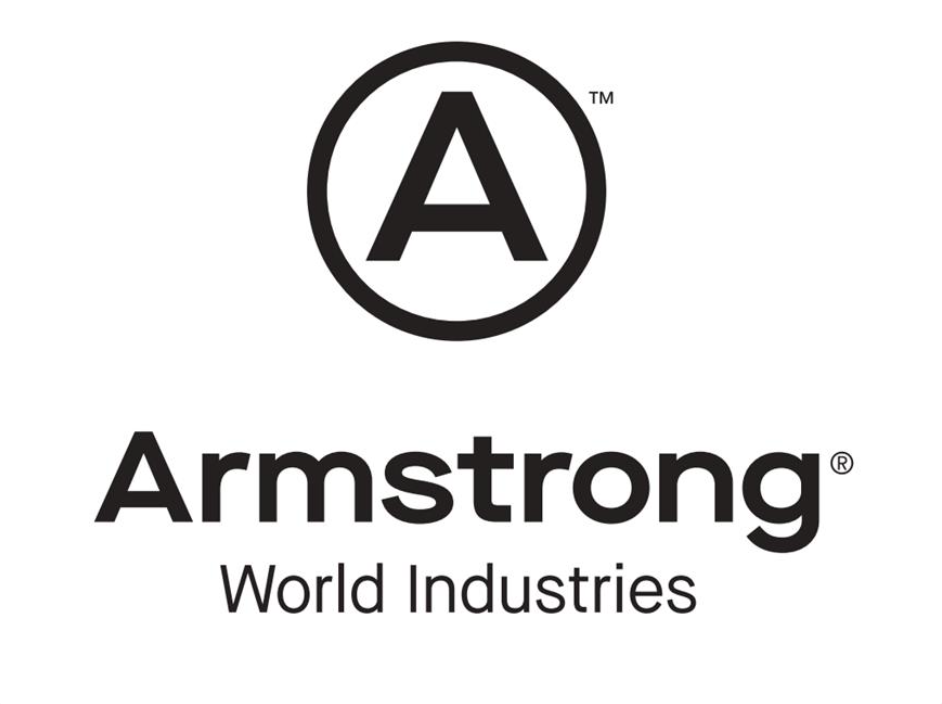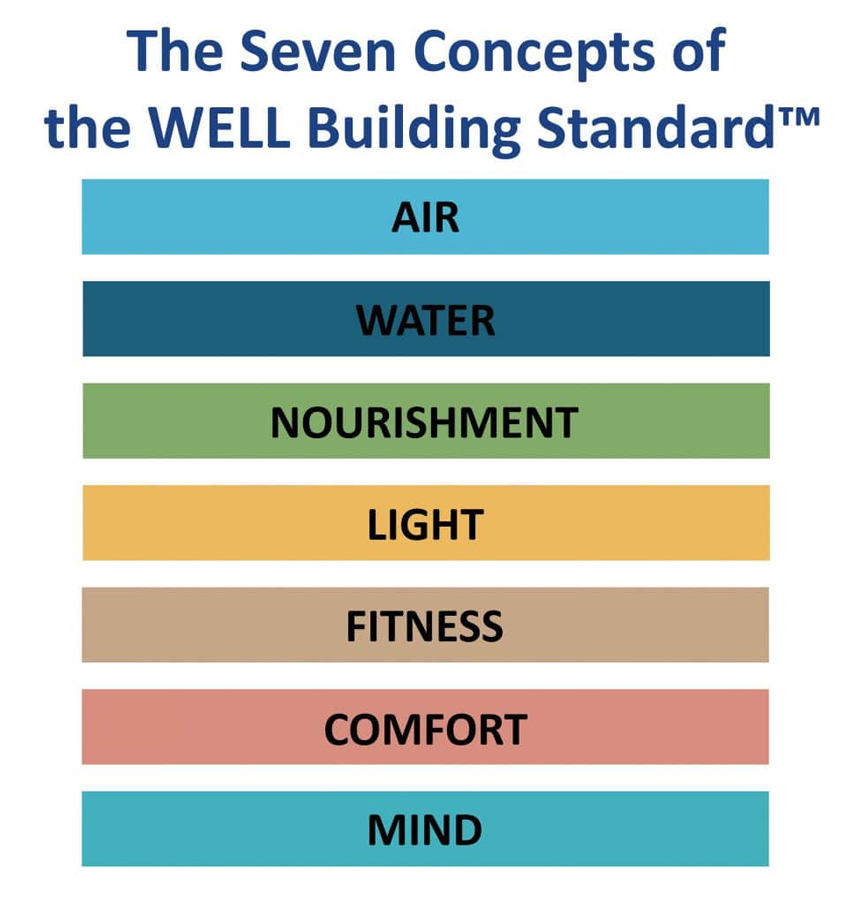Sustainable Material Selection Delivers Better Spaces
Conclusion
Awareness of healthy building design is growing, and for some building owners and developers, it is becoming a priority. Selecting the right materials is particularly important since the materials and products used directly impact the health and well-being of the building occupants. Owners, architects, contractors, and interior designers all play a role in designing interiors that can positively impact occupants’ well-being and experiences while increasing the overall value and performance of the building itself.
Specifying sustainable interior finishes such as ceiling and wall panels contributes greatly to the overall design strategy of healthier buildings. These products can contribute to improved acoustics, thermal comfort, daylighting, indoor air quality, and aesthetics while providing a comfortable and sustainable environment for occupants. Such qualities not only make the environment more appealing to occupants but can also lead to higher levels of tenant and employee retention and productivity.
Since we spend 90 percent of our time indoors, each of us can do our part to contribute to better spaces where we live, work, heal, learn, and play.
End Notes
1“HPDs: Why Product Transparency is the New Norm.” Rate It Green. 20 Oct. 2017. Web. 3 Oct. 2018.
2Johnston, Katie. “Can an office building make you healthier and more pro- ductive?” Boston Globe. 10 March 2017. Web. 3 Oct. 2018.
3“The Drive Toward Healthier Buildings 2016: Tactical Intelligence to Trans- form Building Design and Construction.” SmartMarket Report. Dodge Data & Analytics. 2016. Web. 3 Oct. 2018.
4Gammon, Katharine. “How Interior Designers See Science in Light and Colors.” Inside Science. 21 April 2017. Web. 3 Oct. 2018.
5“Sour Mood Getting You Down? Get Back to Nature.” Harvard Health Pub- lishing. July 2018. Web. 3 Oct. 2018.
6“Building the Business Case: Health, Wellbeing and Productivity in Green Offices.” World Green Building Council. October 2016. Web. 3 Oct. 2018.
Resources
LEED v4. USGBC. 2018. Web. 3 Oct. 2018.
Living Building Challenge. International Living Future Institute. Web. 3 Oct. 2018.
Welcome to WELL v2. International WELL Building Institute. 2017. Web. 3 Oct. 2018.
Rebecca A. Pinkus is an independent communication consultant, writer, and editor focusing on the intersection of technology, environment, and human health. She has contributed to more than 35 continuing education courses and publications through Confluence Communications. www.confluencec.com
 |
Armstrong World Industries is a leader in the design and manufacture of innovative commercial ceiling and wall systems. At home, at work, in health-care facilities, classrooms, stores, and restaurants, Armstrong Ceiling & Wall Solutions offer interior options that help
create healthy, sustainable spaces that protect people and cultivate well-being and comfort so they can be at their best.
Armstrong is committed to developing new and sustainable ceiling solutions, with design and performance possibilities that empower its customers to create beautiful, high-performance residential and commercial buildings. Armstrong continues to grow and prosper for the benefit of all its stakeholders. armstrongceilings.com/commercial |









